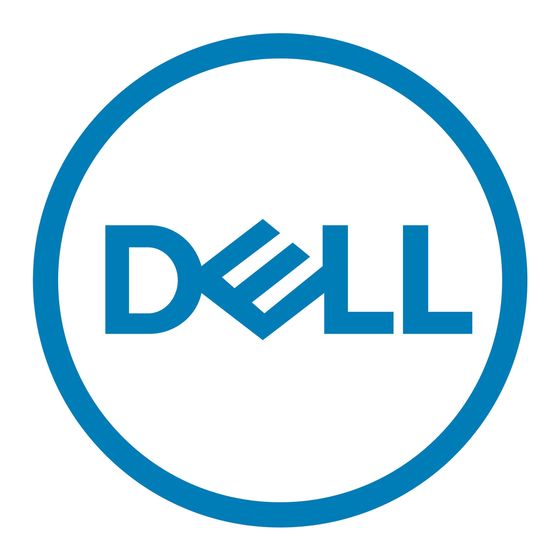Dell PowerEdge M820 Systems Информация о выпуске - Страница 14
Просмотреть онлайн или скачать pdf Информация о выпуске для Переключатель Dell PowerEdge M820 Systems. Dell PowerEdge M820 Systems 27 страниц. Dell poweredge blade servers getting started guide
Также для Dell PowerEdge M820 Systems: Обновление информации (38 страниц), Руководство пользователя (23 страниц), Важная информация Руководство (35 страниц), Руководство по обновлению (32 страниц), Руководство по обновлению (28 страниц), Руководство пользователя (26 страниц), Руководство пользователя (22 страниц), Руководство по началу работы (12 страниц), Руководство пользователя (3 страниц), Техническое руководство (46 страниц), Руководство по портфолио (27 страниц), Руководство по началу работы (14 страниц), Руководство по началу работы (12 страниц), Техническое руководство (47 страниц)

